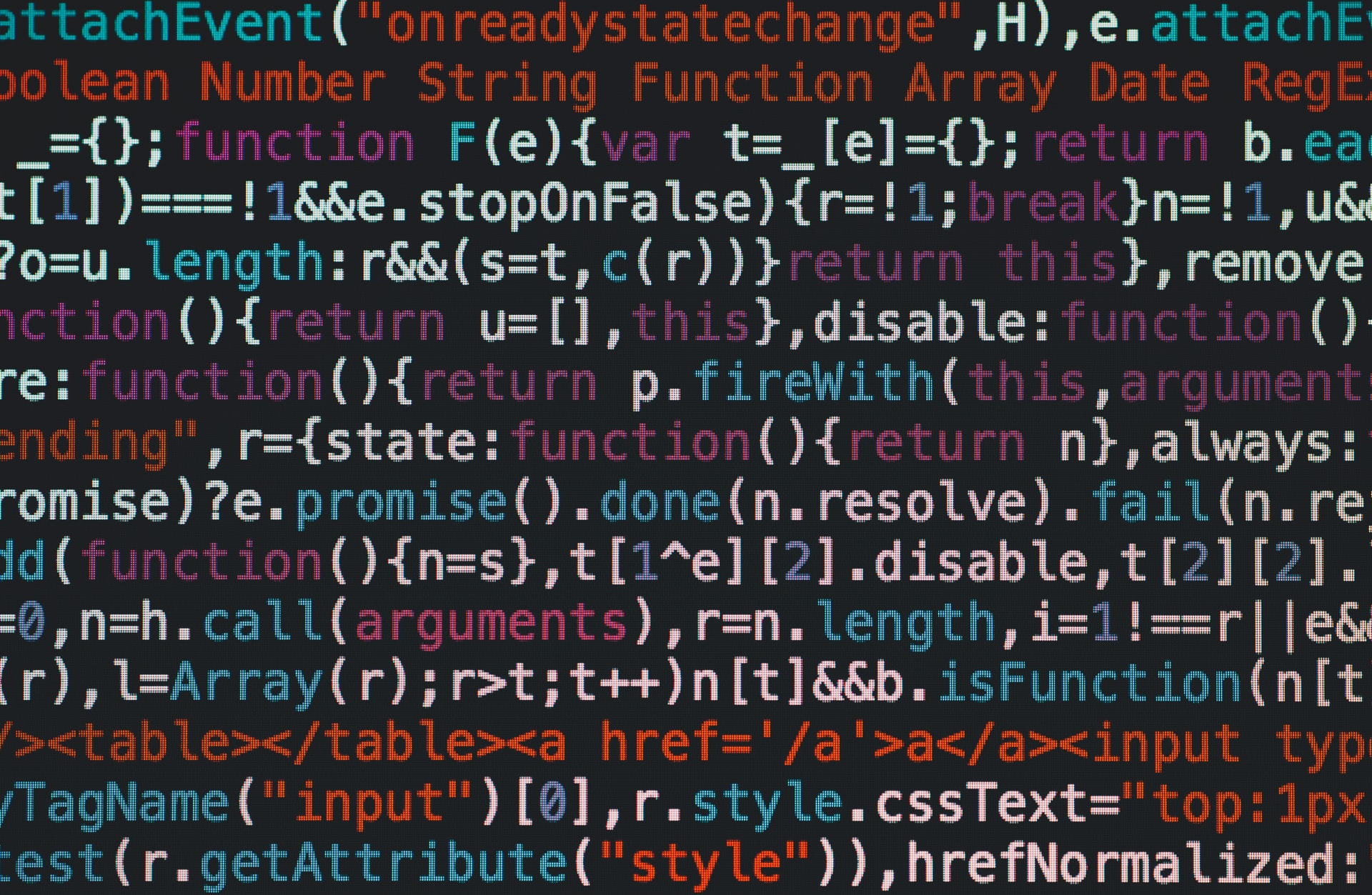The power of recoding
Sometimes software runs into its expiry date. It becomes slow, error messages play up or it does not work on new devices. This is a huge shame, because a lot of time and money has been invested in it and the functionality is often still just as relevant and valuable. Don't worry: you don't have to start all over again. Effective recoding will quickly breathe new life into old software!


Enter the conversation with Koen!
What is recoding?
Recoding is the rewriting of the code of existing software. We distinguish between different forms of recoding, depending on the needs of the project. The most common forms of recoding are:
- Recoding
This involves rewriting the codebase completely from scratch. This is the best option when there are major problems with the codebase, or when there are major changes that need to be made. - Refactoring
This involves making changes to the codebase without changing the functionality of the software. This can be used to improve the readability and maintainability of the codebase. - Patching
This involves fixing a bug or adding a new feature by modifying the existing codebase. This is the fastest and easiest way to make changes, but it can be less stable than other methods.
Recoding is the most powerful way to breathe new life into old software. It can improve the stability and performance of the software and provides the opportunity to add new features. By patching, we can fix targeted complications, but these are more short-term fixes.
The benefits
Totally from scratch Rewriting the code sounds like a big job, and it is. Yet this is the most efficient route to sustainable software that meets today's quality standards. Such a major overhaul comes with a lot of benefits, namely:
- Better Performance
Frameworks are becoming increasingly efficient and offer more and more opportunities to make the code as clean as possible. That is, the software needs to take fewer and fewer steps to perform a given task. Rewriting the codebase in the latest version ensures that the software performs optimally. - Safety
Hackers are always finding new ways to crack software. There is a good chance that old software contains many vulnerabilities. Fortunately, we are also finding more and more ways to counter hacking. Therefore, it is recommended to regularly review the code a adapt it to the latest security criteria. - Stability
Software is always in flux. Often many modifications have been made. Perhaps by multiple parties with different code styles. This can make the code messy and untidy. As a result, stability becomes shaky. This can be solved by recreating the code in one consistent codestyle. - New features
There are most likely many more possibilities now than when the software was built. A recoding is the perfect time to explore and add these new possibilities. - Easier to maintain
A consistent code style and new structured organisation also makes maintenance easier. By recording and commenting on the structure, future changes can be applied faster. - Enabling links
Software only gets real added value when it can communicate with other applications and tools. By now, there are bound to be more tools in use within the organisation. In recoding, we can set up endpoints and APIs that ensure that all software works together. - New devices
Perhaps employees use different devices than before. This reduces their use and ease of use. With recoding, the software can be written for new devices, such as tablets and smartphones. This way, the software better meets the modern standard.
Want to breathe new life into your organisation's outdated software? In a short intake, we can analyse the code and map out a roadmap to make the application up-to-date and future-proof again.

